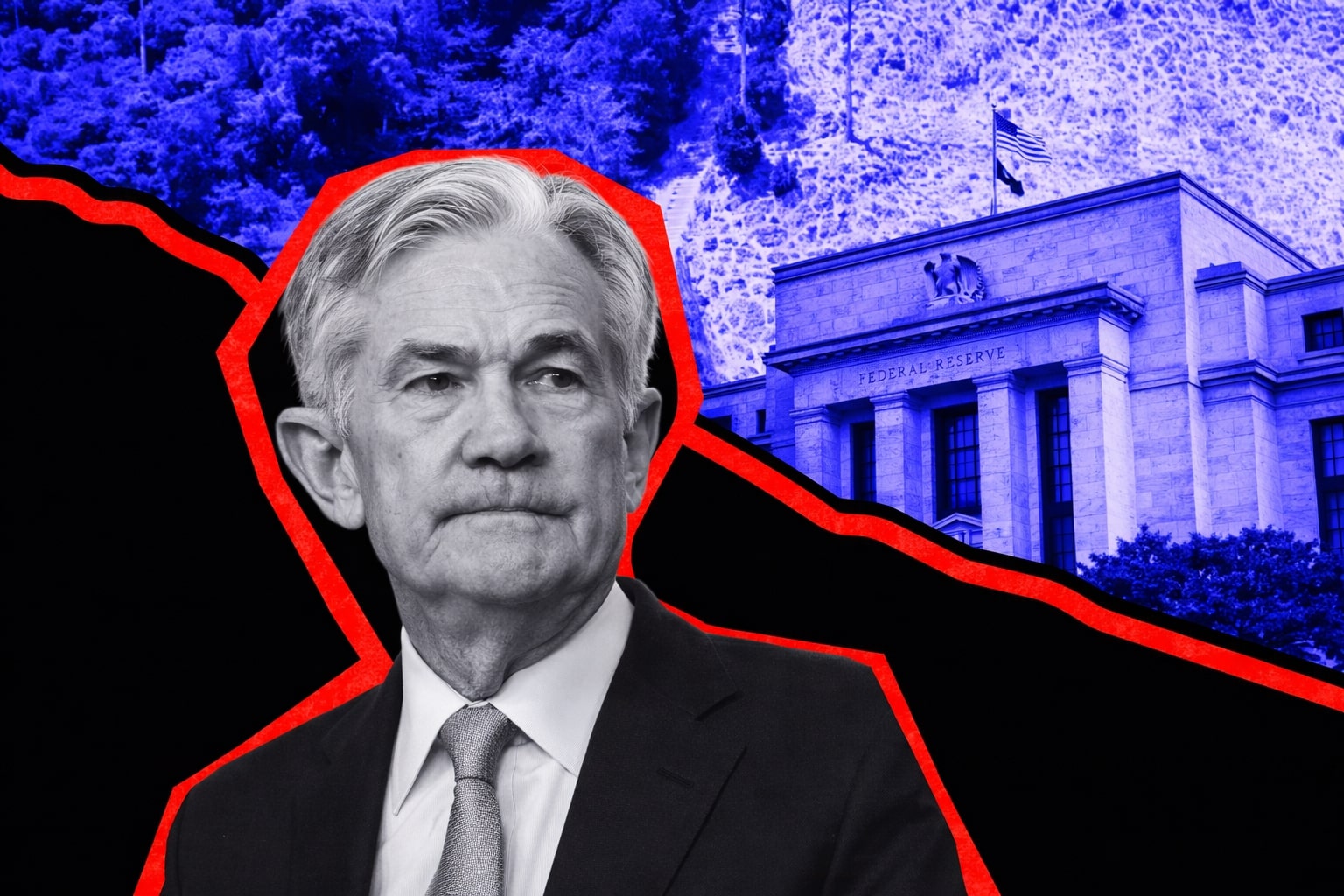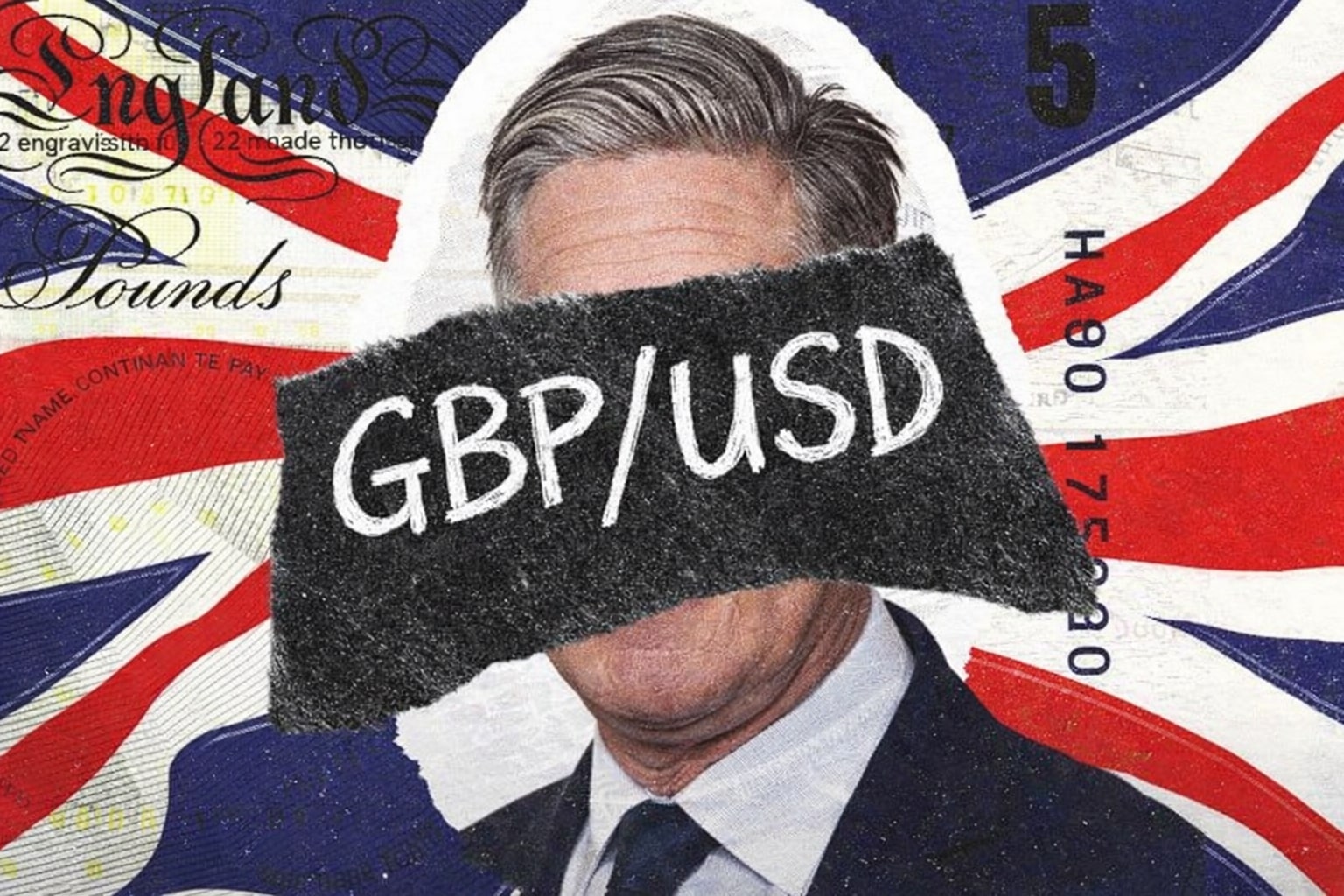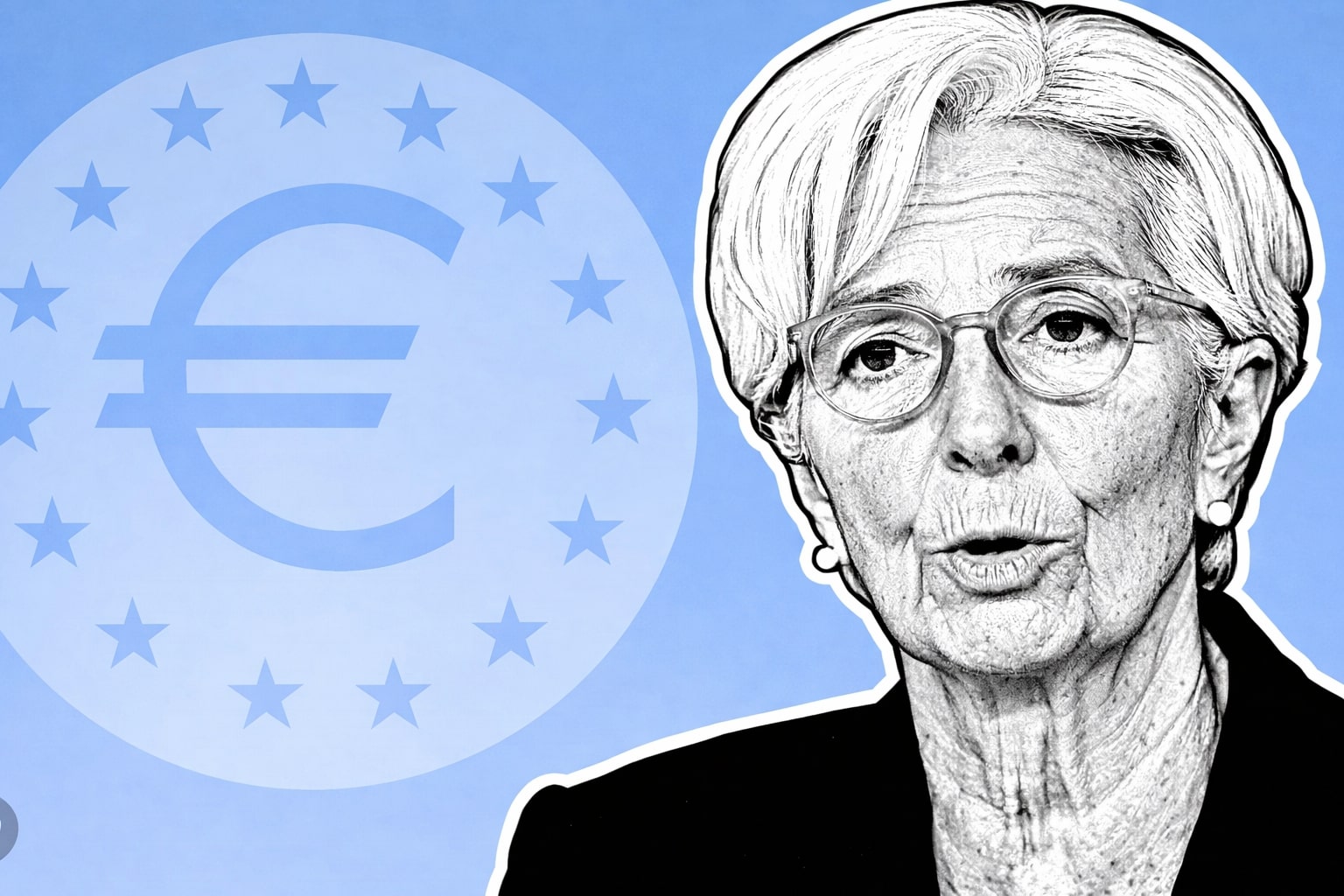
EUR/USD Retreats Toward 1.1700 As Tariff Shock And Fed Minutes Weigh
Dollar Strength, Trade Escalation, And Fading Euro Momentum Put Key Support At 1.1630 In The Crosshairs | That's TradingNEWS
EUR/USD weakens near 1.1700 as tariff threats and Fed minutes weigh on trend
The EUR/USD pair continues to grind lower, sliding toward 1.1700 as short-term bearish pressure builds across technical and macro levels. The currency has failed to reclaim 1.1730, with buyers unable to break above the descending resistance trendline from July 1 highs. Price is consolidating in a symmetrical triangle, hinting at indecision. However, the momentum profile suggests mounting pressure to the downside. A breakdown below 1.1680 could open the path toward 1.1645, then 1.1630, and eventually 1.1593, aligning with multiple Fibonacci retracement levels.
Trump tariff escalation sparks renewed downside in EUR/USD
U.S. President Donald Trump has reignited trade tensions with a series of tariff threats, including a 50% tax on copper and a 200% levy on pharmaceuticals aimed at companies failing to relocate production to the U.S. These measures come just days after new 25% tariffs on Japanese and South Korean goods, with additional tariff letters aimed at the European Union expected imminently. This resurgence of protectionism has pressured EUR/USD, especially given that trade talks between the U.S. and Eurozone are showing no material progress. European officials are scrambling to secure exemptions from a 10% baseline tariff, but Trump's position remains hostile, stating the EU has been "worse than China."
Technical backdrop weakens as lower highs dominate price action
The technical setup in EUR/USD is shifting decisively bearish. A pattern of lower highs and lower lows dominates the short-term charts, with a potential descending triangle forming between 1.1770 resistance and 1.1650 support. The 14-day RSI remains capped below 50, reinforcing weak momentum. Price is also drifting below the 20-day SMA at 1.1651, exposing risk of a deeper retracement toward the 38.2% Fibonacci level near 1.1538. If bulls fail to defend 1.1630, a slide to 1.1520 becomes likely. On the upside, bulls need to reclaim 1.1749, the 10-day SMA, before making a renewed attempt at 1.1800 and the recent high of 1.1830.
Fed minutes and bond auction dominate USD directionality
The macro spotlight shifts to the FOMC Minutes and a key 10-year Treasury bond auction, both due Wednesday. Chair Powell’s hawkish tone from June’s policy meeting is likely to be reinforced in the minutes, with a 4.25%-4.5% rate range maintained and discussions focused on sticky inflation and labor strength. Market pricing still implies 50 bps of cuts by year-end, most likely starting in October, but the tone of the minutes could delay that narrative. A strong bond auction result would push yields higher and likely lift the USD, weakening EUR/USD further. Trump’s open criticism of the Fed and push for Powell’s resignation adds volatility to the rate expectations and could amplify directional shifts in the pair.
Euro data highlights imbalance in trade dynamics across bloc
Economic data from Germany and France underscore the fragile growth backdrop across the Eurozone. Germany’s trade surplus widened to EUR 18.4B in May from EUR 15.8B in April, well above expectations of EUR 15.5B. However, the surplus expansion was driven by a larger-than-expected drop in imports, pointing to domestic demand softness. Meanwhile, France’s trade deficit expanded slightly to EUR 7.76B, above forecasts of EUR 7.7B, signaling continued pressure on external balances. The Euro was also the worst performing major currency against the USD on Wednesday, falling 0.29%, while gaining modestly against the CAD (+0.03%) and AUD (+0.09%).
Long-term trend remains bullish, but overbought signals persist
Despite the near-term pullback, the broader EUR/USD structure remains technically bullish. Since bottoming in January near 1.0500, the pair has advanced over 12%, breaking out from an ascending triangle and forming a multi-month uptrend. The move accelerated above 1.1500, and while recent action has turned corrective, bulls have defended each major Fibonacci support zone. Weekly RSI readings remain near overbought levels, suggesting profit-taking is behind the current pullback rather than a full reversal. However, if 1.1520/1.1524 fails to hold on the next wave down, it would signal a shift toward a broader bearish cycle.
Tactical levels for directional trades in EUR/USD
Short-term traders are watching 1.1731, 1.1765, and 1.1787 for potential short entries on bearish reversal candles, while long setups are likely near 1.1667, 1.1630, or 1.1586, provided bullish momentum re-emerges. These levels align with Fibonacci retracement clusters and prior resistance zones. For bullish momentum to reassert itself, EUR/USD must post a higher low and close above 1.1749, potentially targeting 1.1830 again. On the downside, breaks of 1.1630 would likely open targets at 1.1573 and 1.1520, the latter being the most critical level for bulls to defend if the longer-term trend is to remain intact.
Verdict: EUR/USD at risk of deeper retracement, tactical SELL bias in short term
While the structural uptrend remains technically alive, the loss of 1.1730 and repeated failures at 1.1770 reinforce that EUR/USD is vulnerable in the short term. Weak Eurozone demand, tariff escalation, and hawkish Fed minutes all favor further dollar strength. As long as the pair trades below 1.1749, bears are in control. Tactical traders should maintain a SELL bias, with tight stops above 1.1770 and targets near 1.1630, 1.1586, and 1.1520. A shift to bullish positioning requires confirmation above 1.1800 with momentum and volume support. Until then, the setup remains tilted to the downside.
That's TradingNEWS
Read More
-
UCO ETF Price Forecast: Can NYSEARCA:UCO at $18.57 Ride a 2026 Oil Squeeze?
18.12.2025 · TradingNEWS ArchiveStocks
-
XRPI at $10.50 and XRPR at $14.93 Hit XRP ETF Lows While XRP-USD Holds $1.84 After 30 Days of Inflows
18.12.2025 · TradingNEWS ArchiveCrypto
-
Natural Gas Price Forecast: Henry Hub Holds Around $4 as EIA Draw Hits 167 Bcf
18.12.2025 · TradingNEWS ArchiveCommodities
-
USD/JPY Price Forecast: Pair Holds Above 155 As BoJ And US CPI Set Up A Major Break
18.12.2025 · TradingNEWS ArchiveForex



















